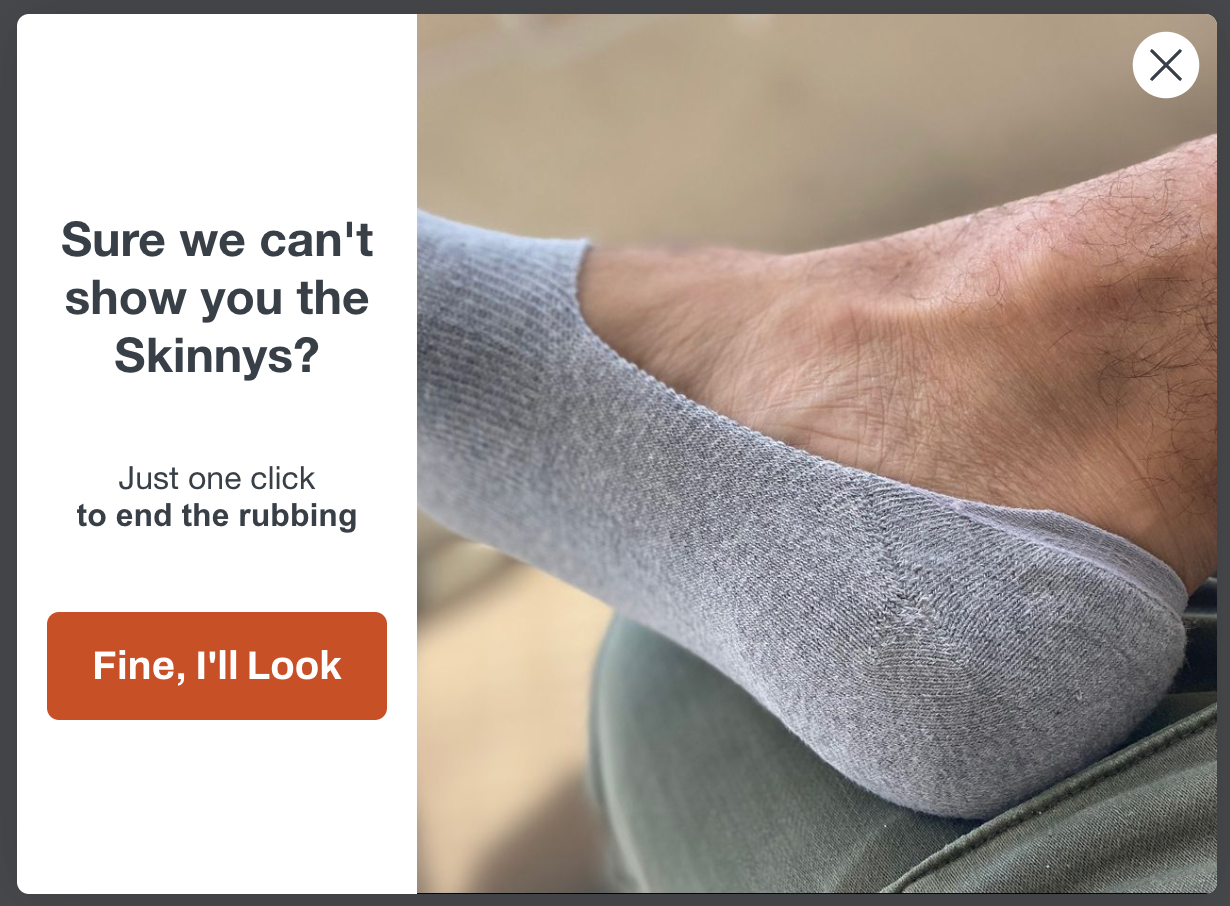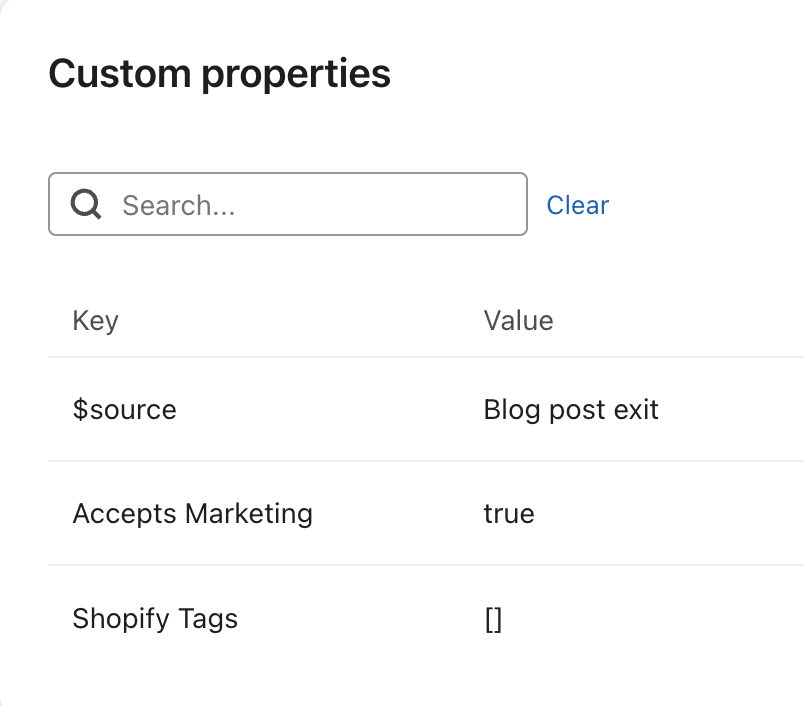I have a Klaviyo “form” that’s really not a form… it just catches people when they leave a blog post to click a link button.
And yet for the past few months, I’m getting multiple spambot email signups a day FROM THIS FORM that doesn’t even have a place for an email entry box or a submit button.
I don’t even see these bots on LuckyOrange, so I’m assuming they’re calling this Klaviyo form without even going to my website.
Why is this, and what can I do?
What the “form” looks like that is nonetheless getting spam signups...

I know it’s this form because the profiles say this:

And I’ve been able to create a segment based on the form ID… but then I have to manually suppress/delete the profiles here AND in Shopify.
Why are the bots doing this, and HOW are they doing it?
